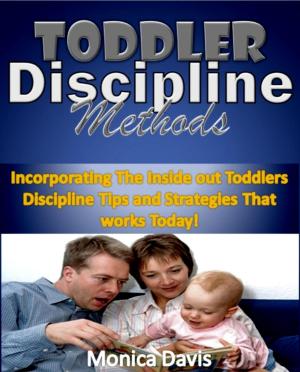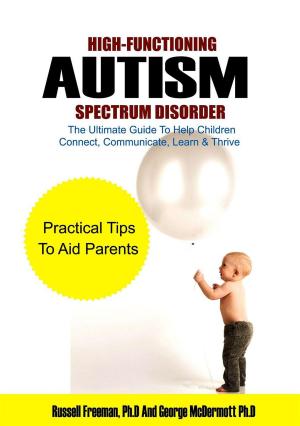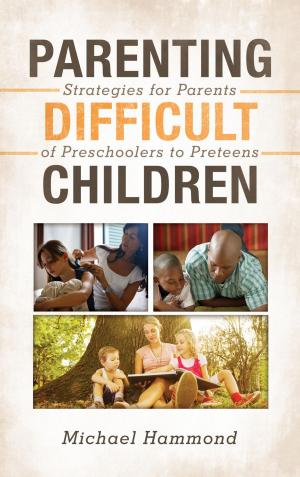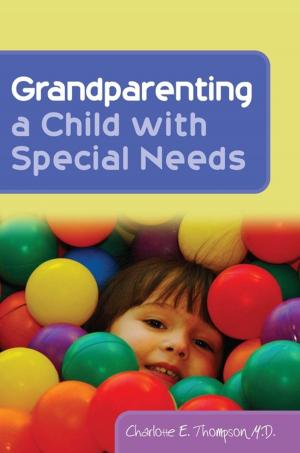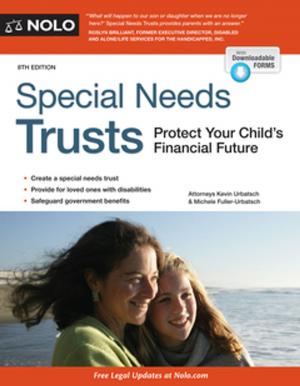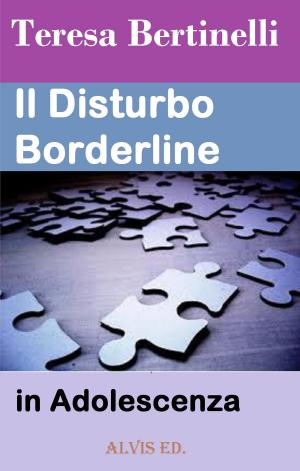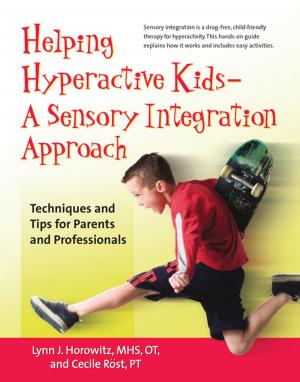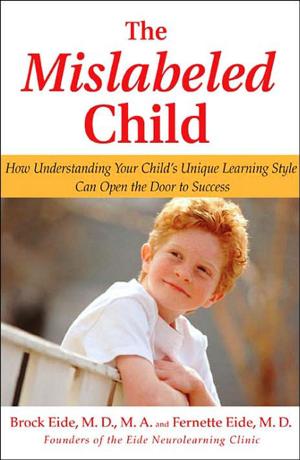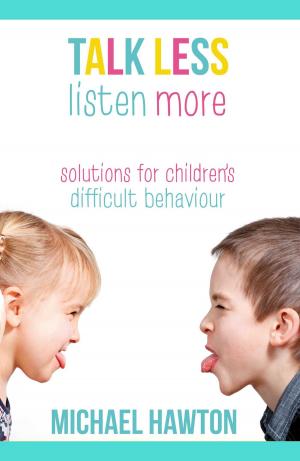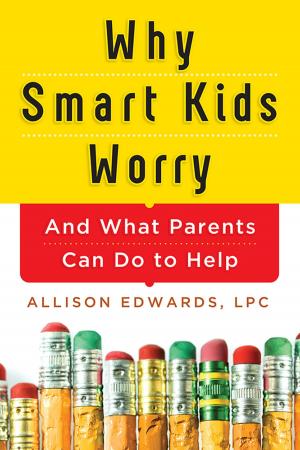Life Journey Through Autism: A Guide to Safety
Nonfiction, Family & Relationships, Education, Parenting, Special Needs| Author: | The Organization for Autism Research | ISBN: | 1230002025193 |
| Publisher: | Organization for Autism Research | Publication: | December 19, 2014 |
| Imprint: | Language: | English |
| Author: | The Organization for Autism Research |
| ISBN: | 1230002025193 |
| Publisher: | Organization for Autism Research |
| Publication: | December 19, 2014 |
| Imprint: | |
| Language: | English |
No parental instinct is as intense and fundamental as protecting one’s child from harm. For parents of children with autism, safety risks become magnified because of challenges resulting from fixations with narrow interests, limited situational awareness, and sensory and communication issues. So why should parents expect to do it all alone?
We wrote A Guide to Safety with a lot of help from parents, first responders, educators, and community members, who shared their strategies and resources to address safety threats that commonly arise during childhood, adolescence, and adulthood. This tool will educate parents about how to prevent and mitigate emergency events, safety threats that may affect their child in the future, and how to teach safety habits that will build a foundation for safety in adulthood.
A Guide to Safety covers a range of topics, including:
- Safety network development
- Prevention and management of wandering and elopement behaviors
- Relationship, physical, and sexual safety discussions
- Strategies to address bullying and online threats
- Tips on money and workplace safety
It also includes sample identification documents, advice from an adult self-advocate, evidence-based safety skills lesson plans, and more.
You can use this guide independently or as a supplement to a pre-existing safety plan. It is also an excellent tool for developing first responder training programs.
No parental instinct is as intense and fundamental as protecting one’s child from harm. For parents of children with autism, safety risks become magnified because of challenges resulting from fixations with narrow interests, limited situational awareness, and sensory and communication issues. So why should parents expect to do it all alone?
We wrote A Guide to Safety with a lot of help from parents, first responders, educators, and community members, who shared their strategies and resources to address safety threats that commonly arise during childhood, adolescence, and adulthood. This tool will educate parents about how to prevent and mitigate emergency events, safety threats that may affect their child in the future, and how to teach safety habits that will build a foundation for safety in adulthood.
A Guide to Safety covers a range of topics, including:
- Safety network development
- Prevention and management of wandering and elopement behaviors
- Relationship, physical, and sexual safety discussions
- Strategies to address bullying and online threats
- Tips on money and workplace safety
It also includes sample identification documents, advice from an adult self-advocate, evidence-based safety skills lesson plans, and more.
You can use this guide independently or as a supplement to a pre-existing safety plan. It is also an excellent tool for developing first responder training programs.


